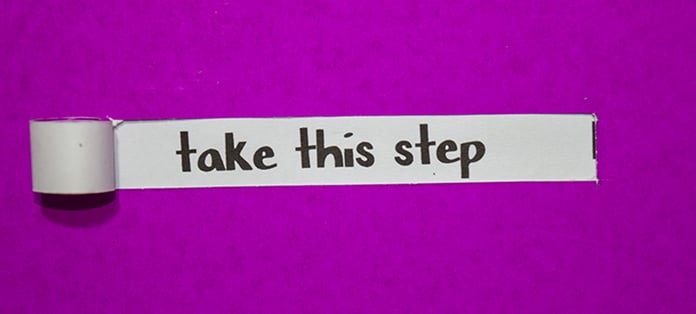As a Certified Legal Nurse Consultant, you will frequently give attorney-clients verbal opinions on medical-related cases, but you will also render written opinions on cases. When it’s time to sit down and compose your written report, you want to do so fast and you want that report to be the best it can be.
I love writing reports. Let me qualify that statement. Once I’m writing, I love writing. Sometimes I’m challenged to get into the writing and I will find all kinds of excuses to avoid getting into the writing process – urgent emails, phone calls to return, the toilets need cleaning…you get the idea.
Here is a five-step writing process for composing reports of all lengths from brief to comprehensive. These five steps will help you jump in fast and never again choose a toilet over a report.
Step 1 – Start with a Preset Pattern
The pattern-seeking logical brain likes to know the order of things, so start with a preset pattern for the result you want to achieve. Picture the result. Define the result. Walk through the result mentally. Look at one of the Institute’s sample reports to use as a template. If you have a model, image or pattern in mind, it’s easier to get started.
Step 2 – Stuff Your Brain
Stuff your brain with all the information you can get on the subject. Research relevant standards and scientific literature. Talk to essential players such as the attorney, a CLNC® subcontractor, a plaintiff or defendant. Don’t focus on formulating opinions. Take notes and just take it all in until your brain feels thoroughly saturated. The more information you take in and the more you absorb, the more likely you are to reach the correct conclusions.
Step 3 – Buzz Off
Take a break. Sleep on it, when possible. At least take a walk. Incubation is an essential step in any creative process. During this time, think about anything except what you’re working on. Likewise, capture those brilliant thoughts you have when you’re not supposed to be thinking about the case report. I find that I reach my best analysis after sleeping on a case or situation overnight (not at my desk). Sometimes I’ll reach my “eureka” moment in the shower or while cleaning that toilet. 😊
Step 4 – Pour It Out
This is a no-wrong-answers brainstorming dump. Let the creative right brain take over to synthesize the material and develop a raw first draft. Suspend judgment. Don’t get it right, get it written.
- Get comfortable.
- Play classical music. This will stimulate your mind without the overstimulation of Lady Gaga-esque dance music.
- Turn off the phones, children, spouses and other interruptions (no social media either).
- Spill the beans. Dump everything out of your brain without editing. Simply write or dictate your opinions.
- Don’t think about what you’re doing. Ignore misspelled words and incomplete sentences. They’ll only move you from productive to editing mode. If you catch your left brain trying to muscle in to add logic, push it away and keep pouring out the raw material.
- Go until you’re empty. Spend up to 50 minutes, or until your brain feels drained and the ideas dwindle to nothing (it may happen sooner).
Repeat this brain dump as many times as needed with breaks in between. If you do take a break, make sure it supports the creative process. For example – grabbing a bite to eat, taking a walk or stretching, all support your goal by keeping the creative process free. Interruptive processes like checking email and voicemail have the potential of disrupting your goal big time by focusing you on other issues or problems.
Step 5 – Structure and polish
Take a break. Sleep on it, if possible. At least take a quick walk or work on a different case.
Go back and assess your work product to see whether you agree with the content of what you’ve written. Ask yourself, have you said all you need to say? Is your opinion the same? If no, make the necessary change. When you’re done, move to structure and polish. Now it’s time to haul out the left brain and set it loose to create the stellar report you want to produce.
- Select the ideas that work and arrange them in a logical order.
- When you’re 90% satisfied, lay it aside (overnight, if possible). Let that “mulling” process think it over one more time.
- Return to your report later for a final polish.
- Finally, proof a printed copy of the report.
Even when you have only an hour for the entire job, this process works. Encourage both sides of your brain to do their best work and the result is a fresh, creative approach presented in a pattern that makes sense – to you and to others.
Success Is Yours,
P.S. Comment and add your successful legal nurse consulting report writing process to these five steps. Remember – it has to be good and fast!









This was very insightful and encouraging to the report writing process. I felt like you were literally reading my mind. It can be very intimidating just getting started. You are so right about the classical music and I also listen to some instrumental jazz as well.